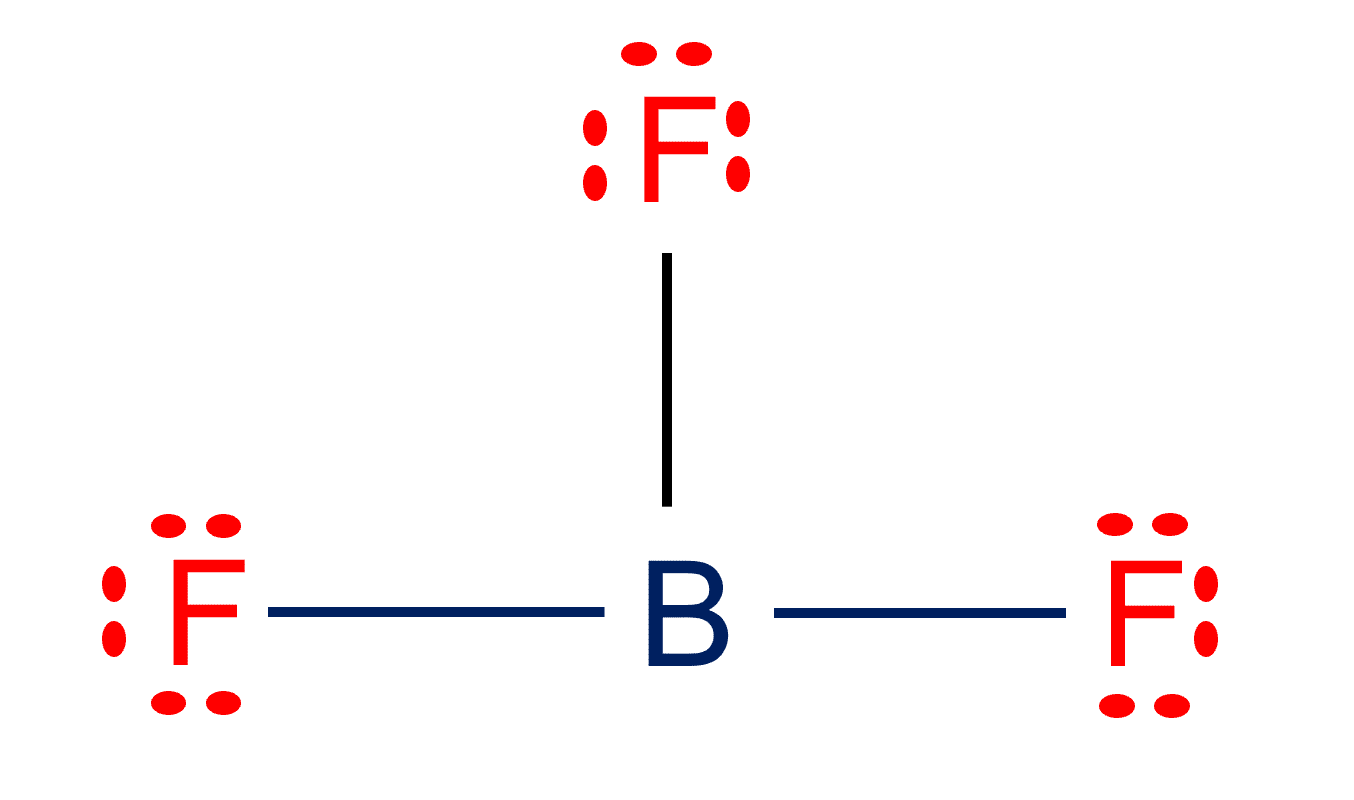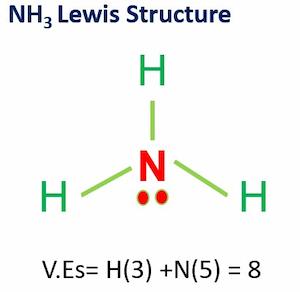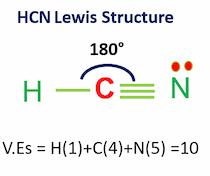Boron trichloride, commonly abbreviated as BCl3 or BCl₃, is a chemical compound composed of boron (B) and three chlorine (Cl) atoms. In this comprehensive guide, we will unveil the Lewis structure of BCl3 and delve into its molecular shape, bond characteristics, electronegativity, bond angles, and other key properties.
| Name of Molecule | Boron trichloride (BCl₃) |
| Bond Angles of BCl3 | 120 degrees |
| Molecular Geometry of BCl3 | trigonal planar |
| No. of Valence Electrons | 24 |
| Hybridization | SP² |
| Polarity | non polar |
| Bond Lengths | 1.63 to 1.67 angstroms (Å) |
Table of Contents
Lewis Structure for BCl3
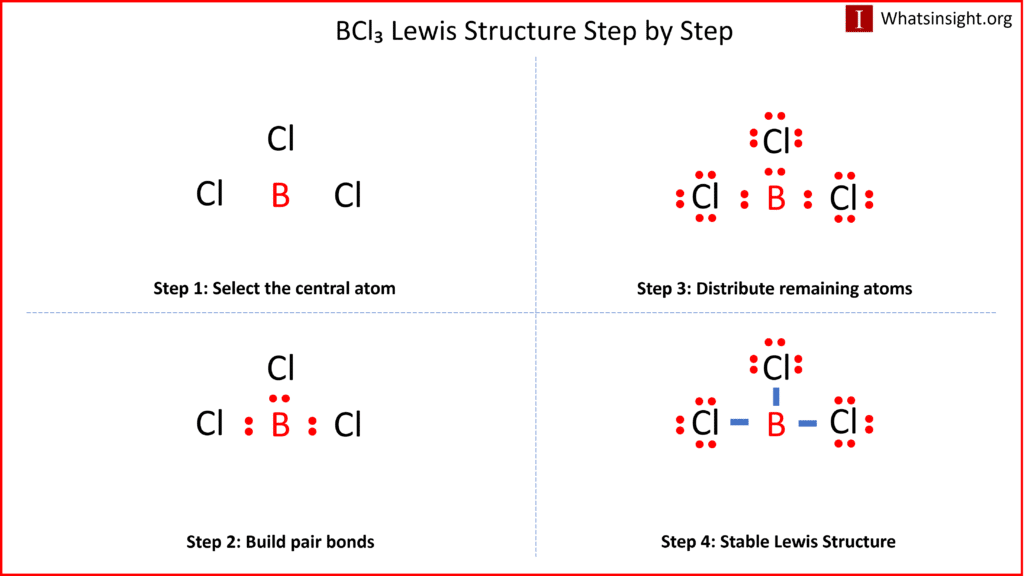
The Lewis structure of a molecule provides a visual representation of its atom arrangement and valence electrons. To draw the Lewis structure for BCl3, follow these steps:
a) Calculate the total number of valence electrons in BCl3: Boron (B) has 3 valence electrons, and each chlorine (Cl) atom possesses 7 valence electrons. With three chlorine atoms in BCl3, the total valence electrons sum up to 3 (from boron) + 7 x 3 (from chlorine) = 24 valence electrons.
b) Determine the central atom. In BCl3, boron acts as the central atom due to its relatively lower electronegativity compared to chlorine. Electrohttps://whatsinsight.org/best-definition-of-electronegativity/negativity is a measure of an atom’s tendency to attract electrons. Therefore, placing chlorine in the center would result in a less stable structure.
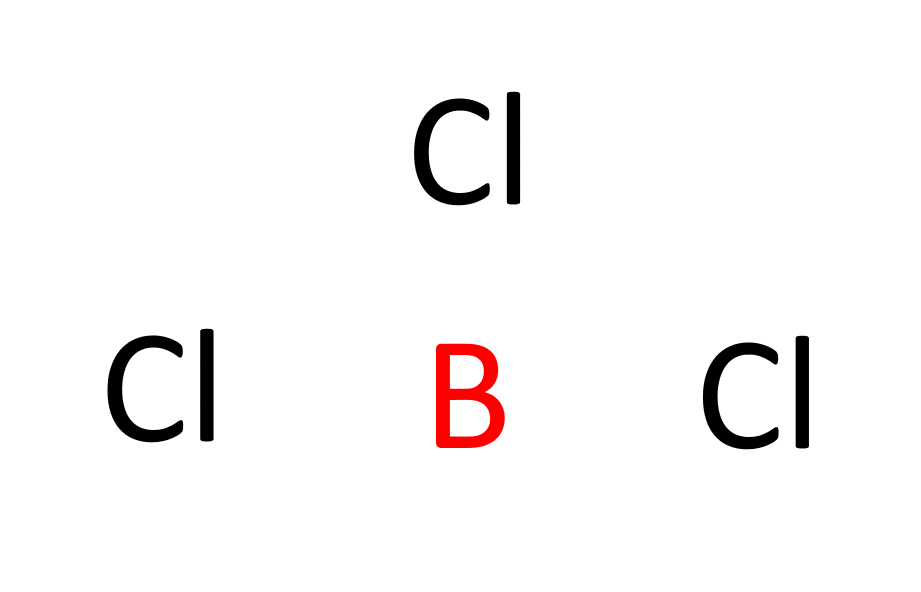
c) Establish single bonds connecting the atoms. Boron forms single bonds with each of the three chlorine atoms (B-Cl).
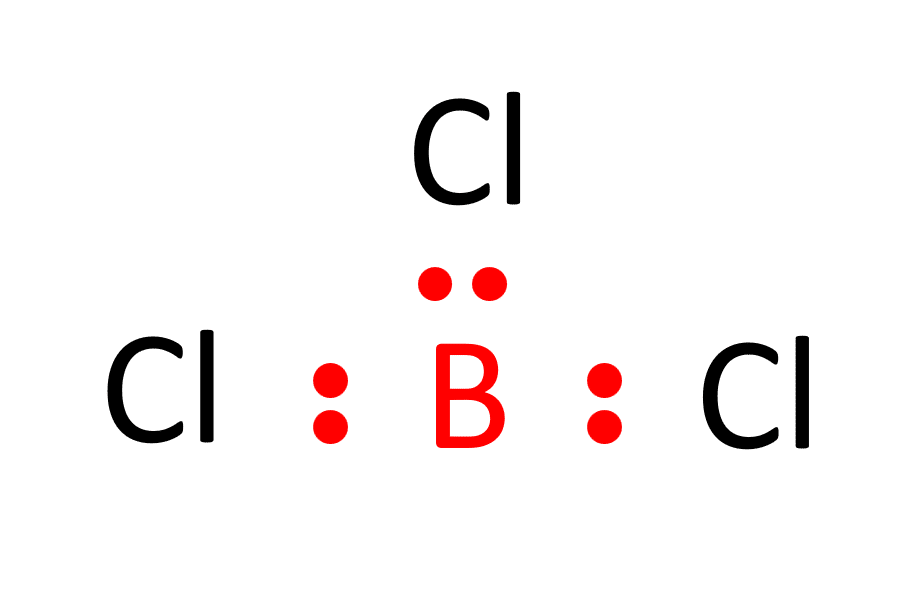
d) Distribute the remaining valence electrons to satisfy the octet rule. Each chlorine atom attains a full valence shell by forming a single bond with boron, resulting in the Lewis structure of BCl3.
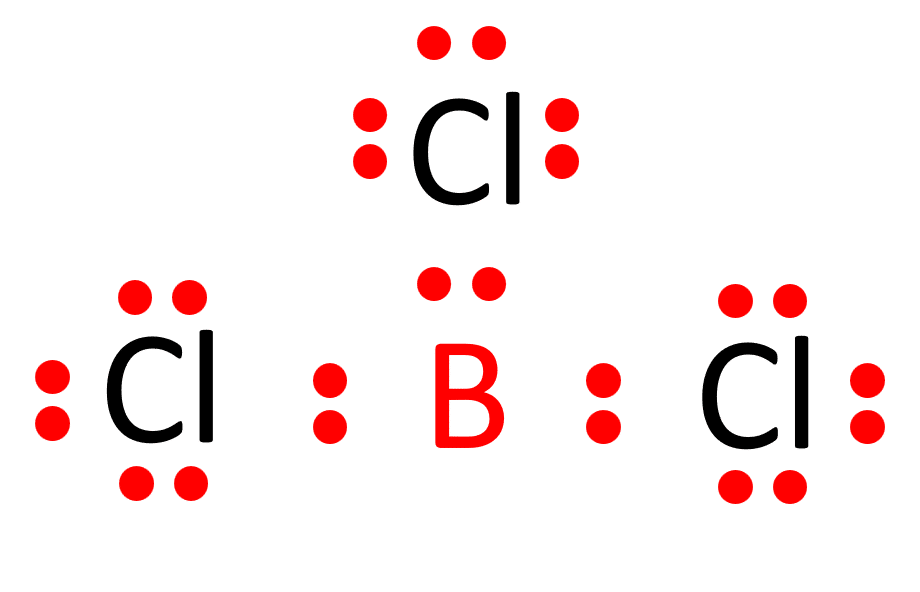
Properties of BCl3
Molecular Shape of BCl3
The molecular shape of BCl3 is trigonal planar. In this configuration, the central boron atom is bonded to three chlorine atoms, creating a flat, trigonal planar shape.
Bond Type in BCl3
In BCl3, boron forms single bonds with each of the three chlorine atoms. These are sigma (σ) bonds, resulting from the overlap of atomic orbitals.
Electronegativity and Central Atom Choice
Boron is chosen as the central atom in BCl3 due to its lower electronegativity compared to chlorine. Electronegativity is a key factor in determining the central atom in a molecule. Chlorine is more electronegative and tends to attract electrons more strongly. Placing chlorine in the center would result in a less stable structure.
Bond Angles in BCl3
The bond angles between the central boron atom and the three chlorine atoms in BCl3 are approximately 120 degrees. This specific angle results from the repulsion of electron pairs around the central atom, leading to the characteristic trigonal planar shape.
Bond Lengths in BCl3
The bond lengths in BCl3, specifically the B-Cl bond lengths, are relatively uniform. They typically fall within the range of 1.63 to 1.67 angstroms (Å). The consistency in bond lengths contributes to the stability of the molecule.
Properties of BCl3
BCl3 is a colorless gas with a pungent odor. It is highly reactive and serves as a Lewis acid, readily accepting pairs of electrons in chemical reactions. BCl3 has applications in various chemical processes, including catalysis and organic synthesis.
Conclusion
In conclusion, understanding the Lewis structure, molecular shape, bond characteristics, electronegativity, bond angles, and properties of BCl3 provides profound insights into its chemical behavior and significance in various applications. The choice of boron as the central atom, bond angles, and bond lengths all contribute to the unique properties and reactivity of this compound.
- BCl3 Lewis Structure in four simple steps - November 1, 2023
- PH3 Lewis Structure in four simple steps - October 8, 2023
- PF3 Lewis structure in four simple steps - September 24, 2023


